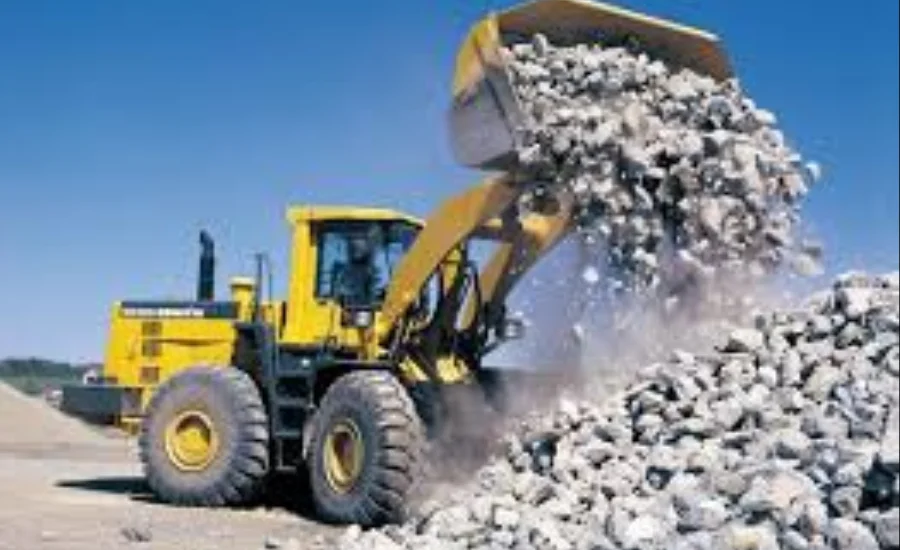6.6yd3 weight in limestone: 7 Powerful Tips for Efficient Material Management
When working with limestone, accurately determining its weight for a given volume, such as 6.6 cubic yards, is essential. Limestone is a popular material in both construction and landscaping due to its durability and versatility. However, the weight can vary depending on the type and density of the stone. Here’s an easy approach to help you figure out how much 6.6 cubic yards of limestone would weigh, ensuring you have the right amount for your project.
Calculating 6.6yd3 Weight in Limestone
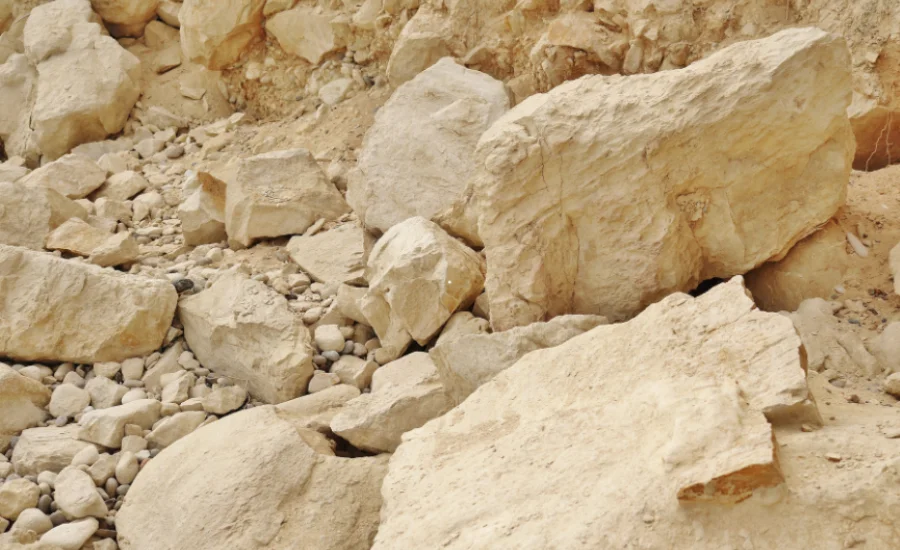
Limestone density can fluctuate based on factors such as its composition, but on average, crushed limestone weighs between 1,600 and 1,800 pounds per cubic yard. For this example, we will use an average density of 1,700 pounds per cubic yard to estimate the 6.6yd3 weight in limestone.
Steps to Calculate Limestone Weight
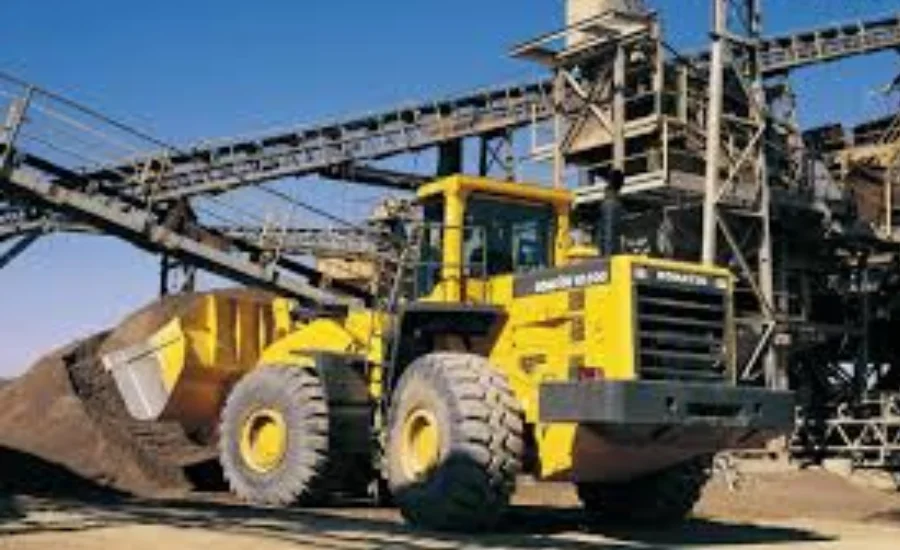
To find the 6.6yd3 weight in limestone, you simply multiply the volume by the average density.
[
\text{Weight} = \text{Volume} \times \text{Density}
]
In this case:
[
\text{Weight} = 6.6 \, \text{yd}^3 \times 1,700 \, \text{lbs/yd}^3
]
Now, calculate:
[
\text{Weight} = 6.6 \times 1,700 = 11,220 \, \text{lbs}
]
So, the 6.6yd3 weight in limestone is approximately 11,220 pounds. This calculation will help you plan how much limestone you’ll need for your project.
Understanding Limestone Characteristics
Limestone is a sedimentary rock predominantly composed of calcium carbonate and is widely recognized for its versatility and utility in various applications. Its characteristics can vary significantly based on geological factors, which ultimately influence its density. When discussing the 6.6yd3 weight in limestone, it’s essential to recognize that the weight may fluctuate due to factors like moisture content, the specific type of limestone, and the degree of compaction.
For instance, different varieties of limestone, such as fossiliferous limestone or oolitic limestone, can have differing densities. While the average density of crushed limestone typically ranges between 1,600 to 1,800 pounds per cubic yard, using a standard density of 1,700 pounds per cubic yard allows for an estimation of the 6.6yd3 weight in limestone
Applications of Limestone
The applications of limestone are extensive and varied, making it a crucial material in several industries. In construction, limestone serves as an aggregate in concrete, providing strength and durability. Its role in road construction as a base material is vital for ensuring the longevity of road surfaces. Additionally, the 6.6yd3 weight in limestone becomes particularly relevant when calculating the amount needed for projects to ensure structural integrity.
In agriculture, crushed limestone is often used to amend acidic soils, improving fertility and crop yields. The material helps to balance pH levels, which is essential for optimal plant growth. The 6.6yd3 weight in limestone can influence how much of this material is required for large fields, thus affecting farming practices and productivity.
Limestone also plays a significant role in environmental management. It is used in water treatment processes to neutralize acidity and remove impurities, making it valuable for maintaining water quality in natural bodies of water. Knowing the 6.6yd3 weight in limestone can help municipalities and environmental agencies calculate the quantities needed for effective water treatment solutions.
Environmental Impact and Sustainability
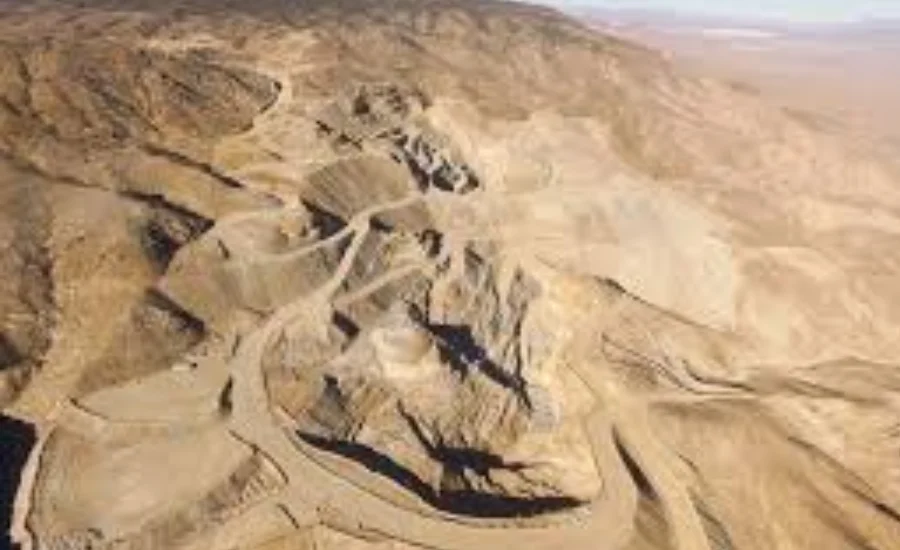
As the demand for limestone grows, so does the need for sustainable extraction practices. Quarrying limestone can have detrimental environmental effects, including habitat destruction and increased carbon emissions. Thus, understanding the 6.6yd3 weight in limestone is not only essential for practical applications but also for planning sustainable mining operations.
Many companies are now adopting eco-friendly practices, such as land reclamation after quarrying and minimizing waste during extraction. Additionally, limestone has a role in carbon capture initiatives, where it can absorb carbon dioxide (CO₂) from the atmosphere, contributing positively to environmental conservation efforts.
Importance of Accurate Weight Calculation
Accurate calculations of the 6.6yd3 weight in limestone are crucial in various aspects of project management. Precise weight estimates aid in budgeting, ensuring that project managers allocate the right amount of funds for materials. This is especially important in large-scale projects where overspending can significantly impact the overall budget.
Transportation logistics are another critical aspect where accurate weight calculations come into play. Heavy materials like limestone require specialized transportation, and knowing the 6.6yd3 weight in limestone can help in arranging the appropriate vehicles and complying with weight regulations. This prevents potential delays due to overloading issues.
Furthermore, precise weight calculations help maintain inventory control. By understanding how much limestone is required based on the 6.6yd3 weight in limestone, contractors can better manage their material supply, reducing the risk of project delays due to material shortages.
Converting 6.6yd3 weight in limestone to Tons
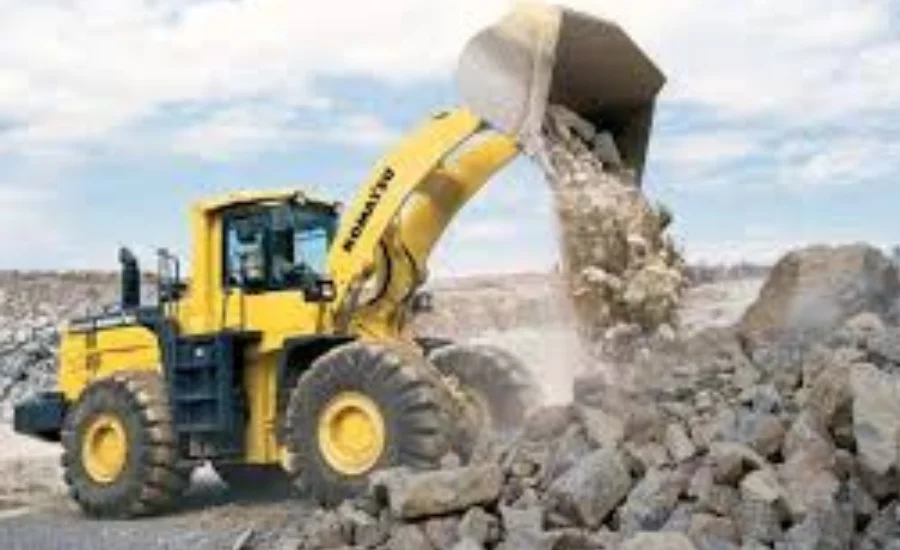
To convert the 6.6yd3 weight in limestone from pounds to tons, it’s essential to remember that 2,000 pounds equal one ton. After determining the weight of 6.6 cubic yards of limestone is approximately 11,220 pounds, you can easily convert this to tons.
Use the following formula to convert:
[
\text{Weight in tons} = \frac{\text{Weight in pounds}}{2,000}
]
Substitute the values:
[
\text{Weight in tons} = \frac{11,220 \, \text{lbs}}{2,000} = 5.61 \, \text{tons}
]
Thus, 6.6yd3 weight in limestone is roughly 5.61 tons. This information is helpful when you’re planning large-scale projects and need to convert between units.
Also Read: GardndgingExpert.com/BlogTransform
Final Words
The 6.6yd3 weight in limestone is essential to determine for construction, landscaping, and other projects that use this versatile material. On average, crushed limestone weighs between 1,600 and 1,800 pounds per cubic yard, with an estimated 1,700 pounds being a standard density for calculations. For 6.6 cubic yards, this results in approximately 11,220 pounds or 5.61 tons of limestone. Accurate weight calculations are crucial for budgeting, transportation logistics, and material management, ensuring project efficiency. Additionally, limestone plays a significant role in construction, agriculture, and environmental applications, making its weight vital for proper usage planning.
FAQs
1. What is the average weight of limestone per cubic yard?
The average weight of crushed limestone ranges between 1,600 and 1,800 pounds per cubic yard. For estimation purposes, 1,700 pounds is commonly used.
2. How do you calculate the 6.6yd3 weight in limestone?
To calculate the weight, multiply the volume (6.6 cubic yards) by the average density of limestone (1,700 pounds per cubic yard). The result is approximately 11,220 pounds.
3. How many tons does 6.6 cubic yards of limestone weigh?
To convert pounds to tons, divide the total weight in pounds (11,220) by 2,000. Thus, 6.6 cubic yards of limestone weighs approximately 5.61 tons.
4. Why is accurate weight calculation important for limestone?
Accurate weight calculations are essential for budgeting, transportation logistics, and ensuring sufficient material supply for projects, helping to avoid cost overruns or shortages.
5. What factors affect the weight of limestone?
The weight of limestone can vary based on its type, composition, moisture content, and compaction level.
6. What are some common uses for limestone?
Limestone is widely used in construction for concrete, road base material, agriculture to balance soil pH, and environmental projects like water treatment.
7. How does moisture content affect the 6.6yd³ weight in limestone?
Moisture increases the weight of limestone by adding extra mass. Dry limestone will weigh less compared to limestone with high moisture content.
8. Can different types of limestone have different weights?
Yes, different types of limestone, such as fossiliferous or oolitic limestone, can have varying densities, which affect the overall weight per cubic yard.
9. How is limestone used in agriculture?
Crushed limestone is used to amend acidic soils, helping to improve fertility by balancing pH levels, which enhances plant growth.
10. How can you ensure sustainable limestone extraction?
Sustainable practices include land reclamation after quarrying, reducing waste during extraction, and utilizing limestone in carbon capture initiatives to help absorb CO₂ from the atmosphere.
Discover a wider range of topics at Brain Rusher.
